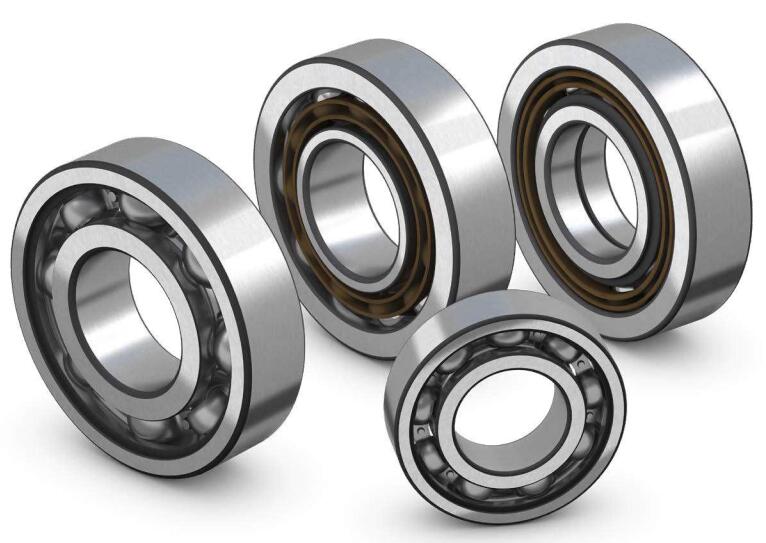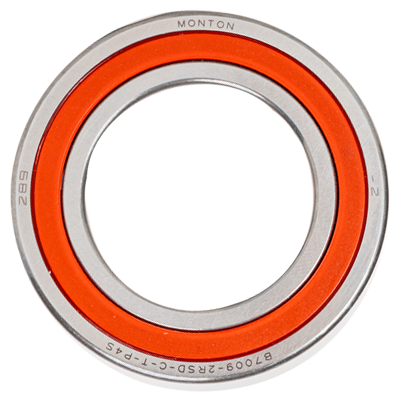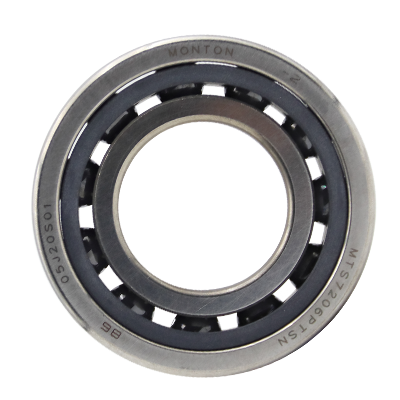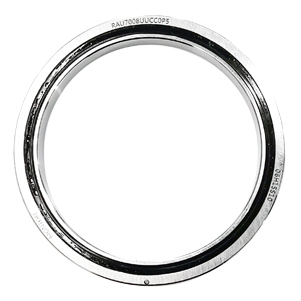Bearing applications in twin screw compressors
Compared to bearing applications in other types of machinery, applications in twin screw compressors are more challenging for several reasons One is that bearing size is limited because of the ixed centre distance between the two rotors Another factor is that the rotor positioning accuracy must be high and so bearing clearance must be small and bearing runout tolerances small Bearing mounting and adjustment of rotor end clearance are other factors to consider in the selection of the bearing and bearing arrangement This chapter discusses the factors affecting the bearing application and offers recommendations on how to select a good bearing arrangement and suitable bearing type .
Bearings in twin screw compressors provide accurate radial and axial positioning of the rotors and support rotor loads These functions must be performed reliably, with low friction and low noise generation With accurate rotor positioning, it is possible to design compressors with small clearances for high eficiency A high radial positioning accuracy is achieved by using bearings with small operating clearances and small runout tolerances Axial positioning accuracy is accomplished by small axial bearing clearance or
preload Axial positioning is also affected by the it between the thrust bearing inner ring and the rotor shaft and bearing delection and displacement due to centrifugal forces.
Interference its will change the relative axial position of the bearing rings after mounting Axial positioning of the rotor is further affected by the accuracy of the end clearance adjustment during assembly Thrust bearings mounted with interference its make the end clearance adjustment more dificult
The rotor centre distance can be a limitation in the bearing selection Since the rotor design affects the centre distance, the rotor design and bearing selection process is sometimes iterative The centre distance limits the outer diameters of the bearings.
Therefore, if one rotor carries a higher load, it is possible to select a larger bearing for this rotor and a smaller bearing for the other rotor This design option, however, conlicts with the desire to minimize the number of different bearings in the compressor It also requires additional tooling for the production
of the compressor housing.
The rotors can be supported on rolling bearings or on a combination of hydrodynamic and rolling bearings Small operating clearances are the main advantage of rolling bearings Rolling bearings also have lower
friction than hydrodynamic bearings, require less oil for lubrication and cooling, and are less sensitive to momentary loss of lubricant and looding of refrigerant than hydrodynamic bearings .

Previous: Monton spindle bearings


 English
English Russian
Russian Chinese
Chinese









